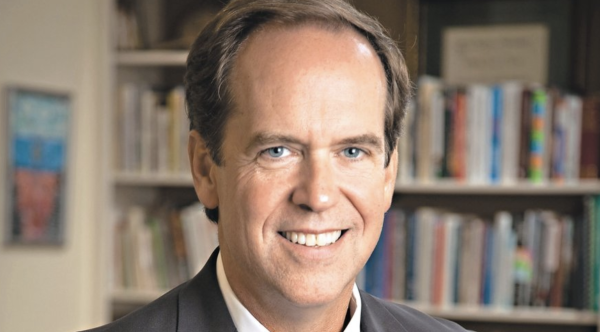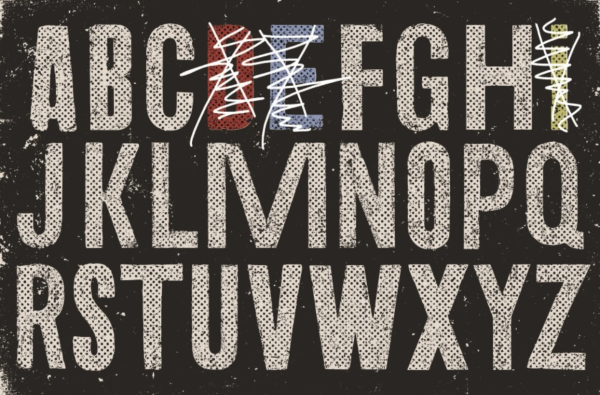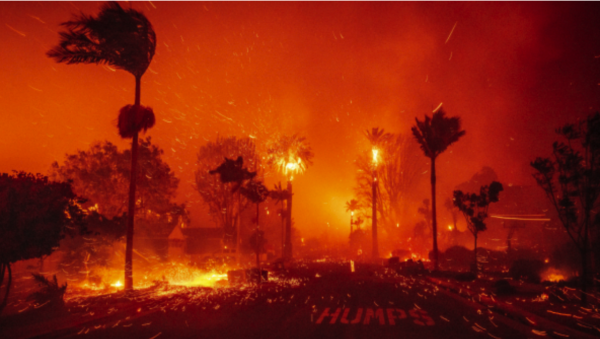Iranians protest to reform strict religious laws
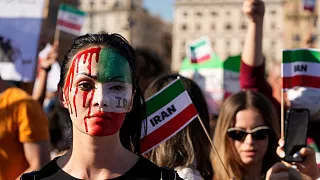
Europe’s cities rally for Mahsa Amini and women’s rights in Iran. (Credit to Euronews)
For years, Iranian people have complained about and disputed the government’s Islamic policies, but the death of Mahsa Amini may serve as a turning point in the government’s strict rule. Over the past few weeks, the protests in Iran to reform the country’s strict religious laws have gained worldwide attention.
Iran is a conservative country that follows strict Islamic policies. In light of recent events, the conservative dress code that requires men and women to dress modestly has gained attention. For decades, the residents of Iran have called for change, but the administration has made little progress in reforming the laws. Many are angry and frustrated with the government. The unjust treatment of women, particularly regarding the mandatory dress code in Iran, catalyzed the protests. The laws in Iran do not apply the same to men and women; the women must follow a strict dress code, do not have equal access to employment, and hold an inferior position in society. The protests in Iran attempted to change this treatment of women and the political repression in the country as a whole.
The death of the 22-year-old woman Mahsa Amini triggered the current protests in Iran. On Sept. 16, the morality police detained Amini under the claim that she was wearing her headscarf “improperly” and violating the stringent dress code in Iran. The Iranian government claimed that after being taken to a police station for her alleged crime, she experienced a heart attack and was transferred to a hospital. Despite what the police have claimed, eyewitnesses tell a different account of the story. Several women detained with her said that she died from a severe beating from the police. The hospital released a statement that she was already brain-dead when she arrived, but the hospital deleted the statement within three days of the incident. A doctor at the hospital also highlighted that her physical injuries did not match the explanation of the police due to the bruises covering her body. Once she arrived at the hospital, she remained in a coma for two days and died in the intensive care unit a day later. The Iranian authorities denied any claims that the Iranian government was involved in her death. The Iranian government also asserted that Amini possessed prior health conditions, though her family debunked and disputed these claims. On Oct. 7, the coroner’s report stated that her death was likely caused by pre-existing medical conditions. On Oct. 13, 800 members of Iran’s Medical Council accused the head of Iran’s Medical Council of forging incorrect information to assist with the cover-up of her death.
After the news of her death, protests quickly sprang up around Iran. Most of these protests have remained peaceful, primarily consisting of demonstrations and strikes. Women cutting their hair and burning their hijabs while dancing in the streets were defining images of this movement. These images symbolized the resistance to state control over personal choices. The police arrested Amini for violating the strict dress code, so the protesters fought back by ignoring the dress code entirely. Other groups demonstrated their support of the protests; Iran’s football team refused to sing their national anthem at the 2022 World Cup. Activists hope that through these protests, they will not only get justice for Mahsa Amini but also more personal and political freedoms.
Unfortunately, not all of these protests have remained peaceful. Since the beginning of the protests in September, roughly 350 people have died. The victims include both protestors and police authorities.
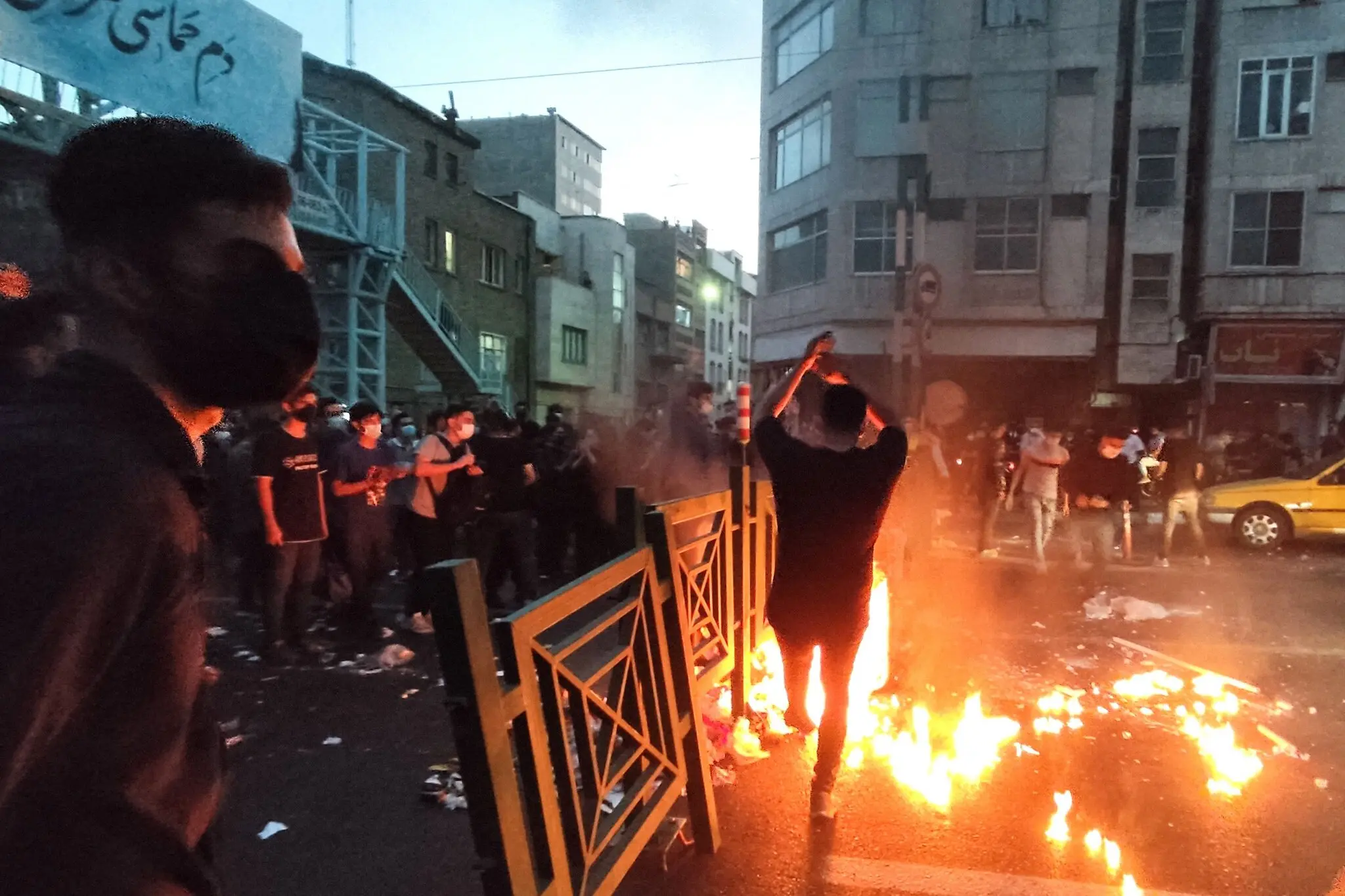
(Credit to New York Times)
These protests have inspired young people worldwide. Iranians in cities from London to the New York to Paris have gathered every weekend to support this cause. Social media played a huge role in the sharing of these protests. The harsh rule of the regime means that social media remains one of the only unbiased sources of unfiltered news for the Iranians. Firsthand accounts of the events in Iran have touched people worldwide and images of women all around the world burning hijabs have flooded the internet in support.
“I am inspired by the bravery these protesters demonstrate,” said Westminster’s Civic Dialogue Fellow Anjini Naidu. “I hope that these protests will finally give Iranian women the rights they deserve.”
Within communities outside of Iran, many people are taking action to support the movement. Firstly, understanding the situation and educating yourself is essential to making a difference. Reposting relevant information about the current events in Iran on social media streams is one way many have shown support. Donating to nonprofits for displaced people and refugees escaping the political regime is another way others have shown solidarity for the movement. Even though it can be difficult to make a difference directly, the protests have certainly gained support from afar.
“Caring about the lives of women in a place like Iran does benefit us because it makes us more acutely aware of the privileges that we have and the rights that we need to safeguard,” said AP European History teacher Ana Maria Szolodko.
Led by a new generation of young people, this movement could indicate a turning point in the regime. These protestors demonstrate a new sense of hope. However, despite the staggering support, the reform of Iranian religious laws remains uncertain. With the protests continuing to escalate and the Iranian government cracking down on protests more harshly, many are still left with the question: what changes will ultimately result from these protests?
Edited by Kelley Lu


